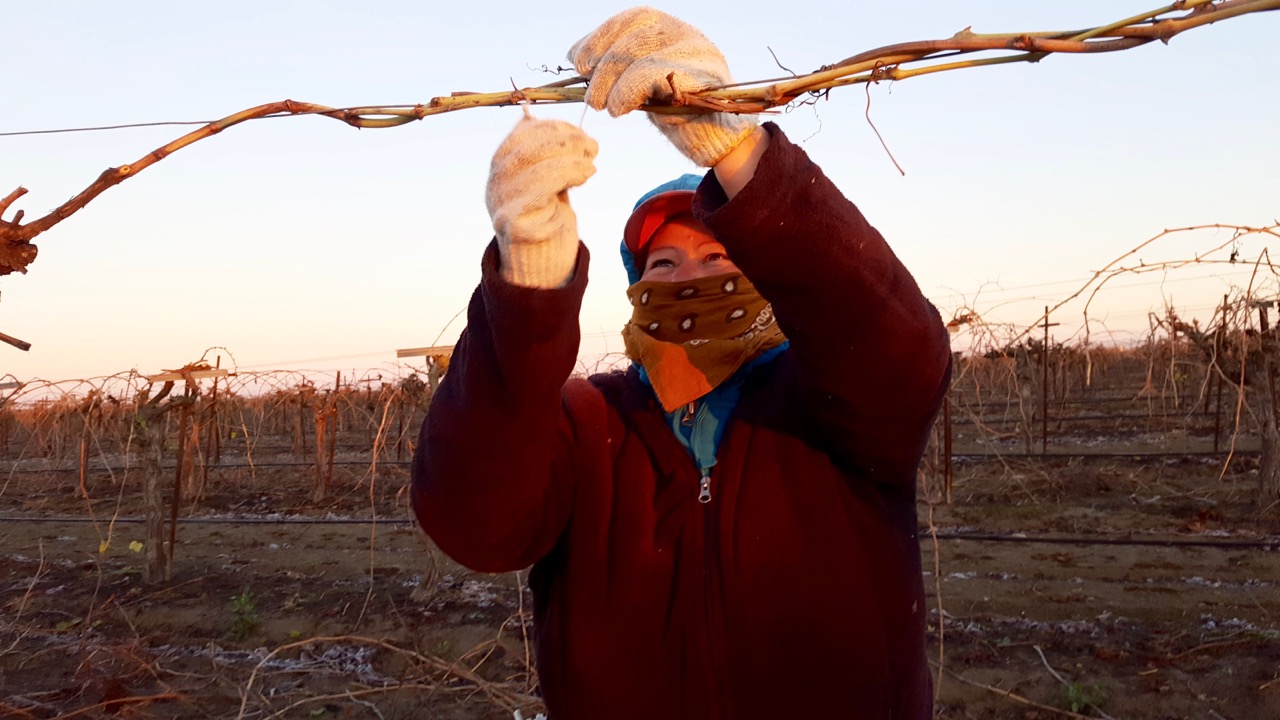2016 California Winegrape Crop
DiBuduo: 2016 Winegrape Crop Up
By Brian German, Associate Broadcaster
Allied Grape Growers is a California winegrape marketing cooperative that was formed in 1951 and now represents nearly 600 growers throughout the state. Nat DiBuduo is the President and CEO of the cooperative. His family has a long history in agriculture in the San Joaquin Valley and were the first ones to grow varietal winegrapes in the area. He noted that 2016 was a pretty good year for grapes.
“We had probably about 3.8 to 3.9 million tons crushed in the state overall. … We had good demand and good pricing in many parts of the state. The San Joaquin Valley probably was challenged more than it should have been, pricing-wise,” DiBuduo said.
Allied is based in Fresno and has established relationships with multiple buyers that allow them to market their members’ winegrapes to more than 100 outlets every year. Collectively, members of the cooperative currently farm close to 30,000 acres, made up of more than 40 major varietals. “We were down in many varieties. Thompson seedless for raisins and/or concentrate, production was down. Ruby reds were down, but some of the other varietals were average to slightly under average,” DiBuduo said.
DiBuduo has been with Allied Grape Growers for nearly 17 years. Under his leadership, the cooperative has expanded more than 20 percent. When asked about the most important aspects to consider when evaluating how the grape industry did overall in a given year, DiBuduo said that, “we have to have quality and production and price. It’s a combination of all three – and you’ve got to watch your production costs.”
One of the major concerns for growers this year across all industries was the continually increasing cost of labor. “Everyone’s looking at more mechanization, and it’s not fair because we’re putting farm laborers out of work, and we’re depending on the farm labor force and we need them. We need to treat them right, and we need to take care of them,” DiBuduo said.
The new policies and pay rates were advertised as benefitting the farm workers. In practice, however, the reality is that employees will end up making less money in the long run, DiBuduo said. “They want to put in the extra hours, and the farm workers are not going to be able to. It’s going to hurt the farm workers,” he explained.
Historically, during harvest and other busy times during the year, farm workers would have the opportunity to work up to 60 hours in a week. Legislators introduced a bill that was passed, limiting farm workers to 40 hours a week. “I’ve always said the biggest pest we’ve got this year has been the legislators and regulators out of Sacramento. … We can control the pests in the field, but we haven’t been able to control Sacramento,” DiBuduo said.










